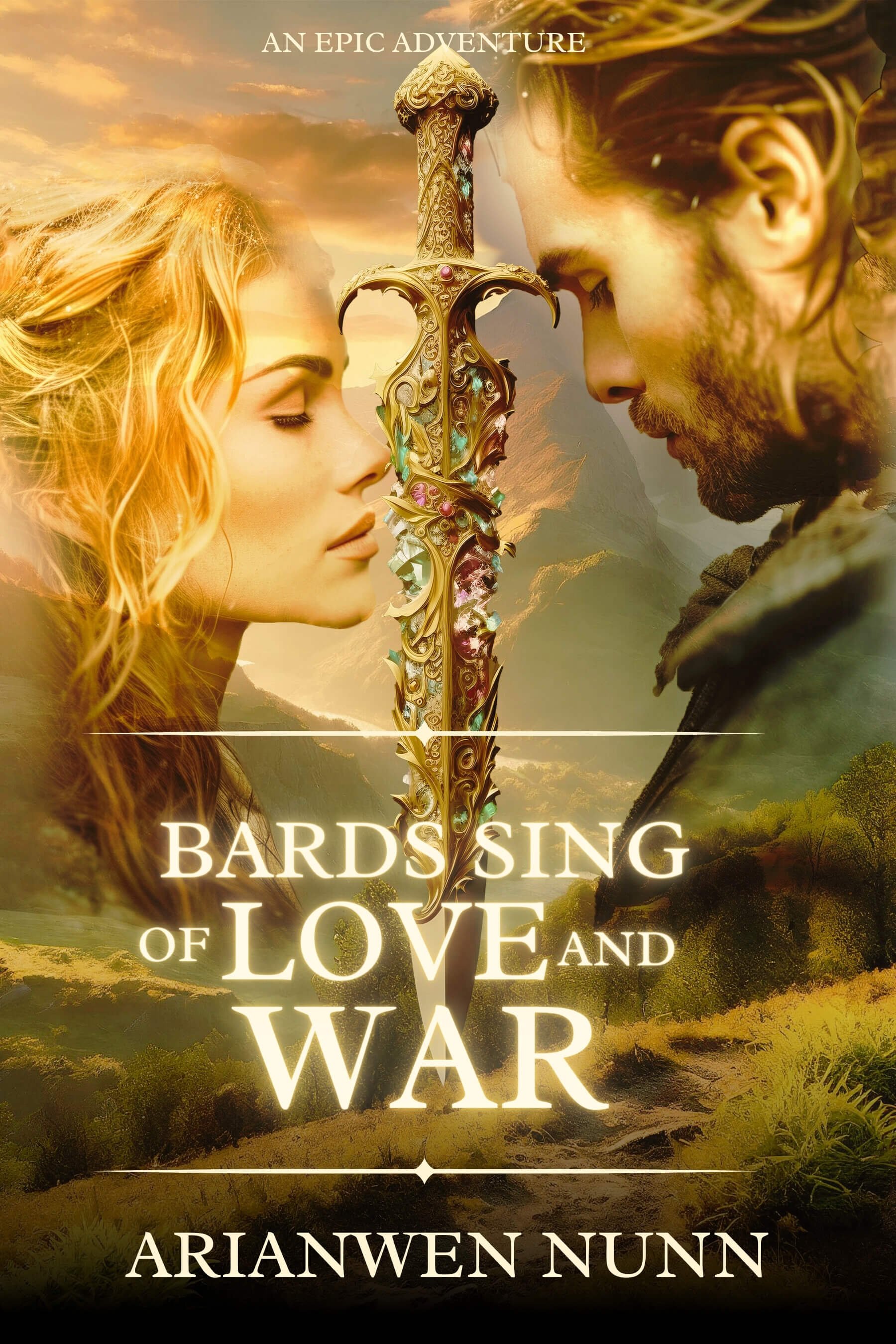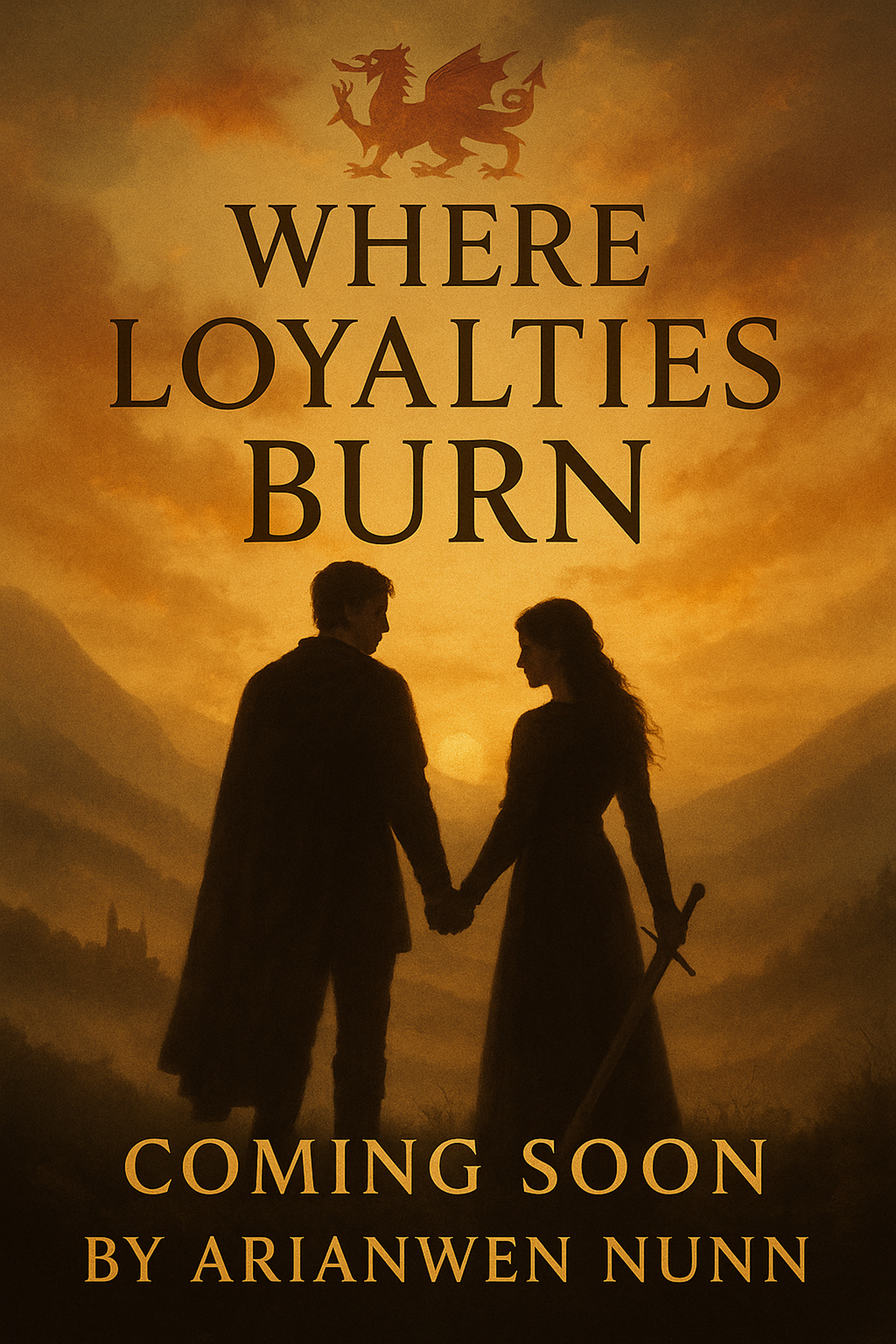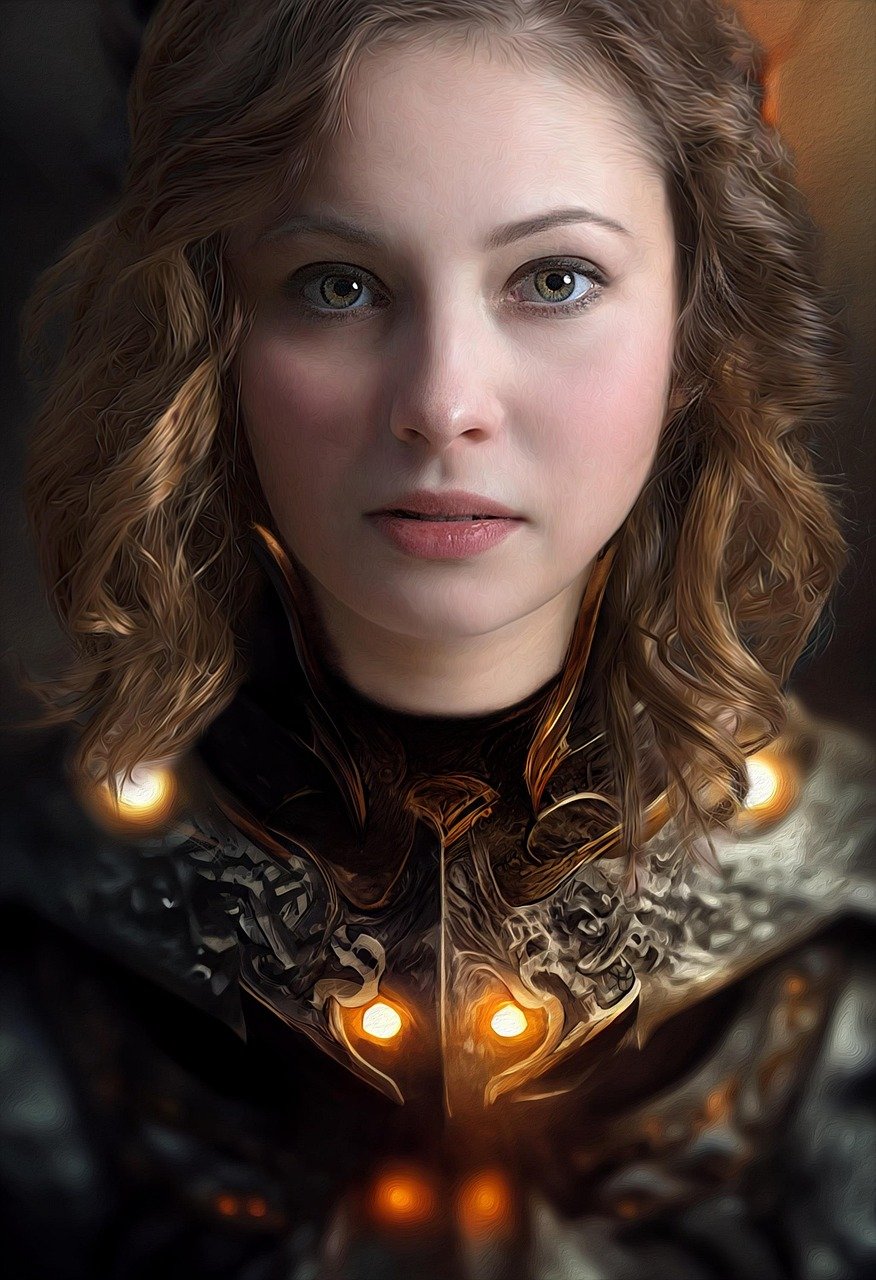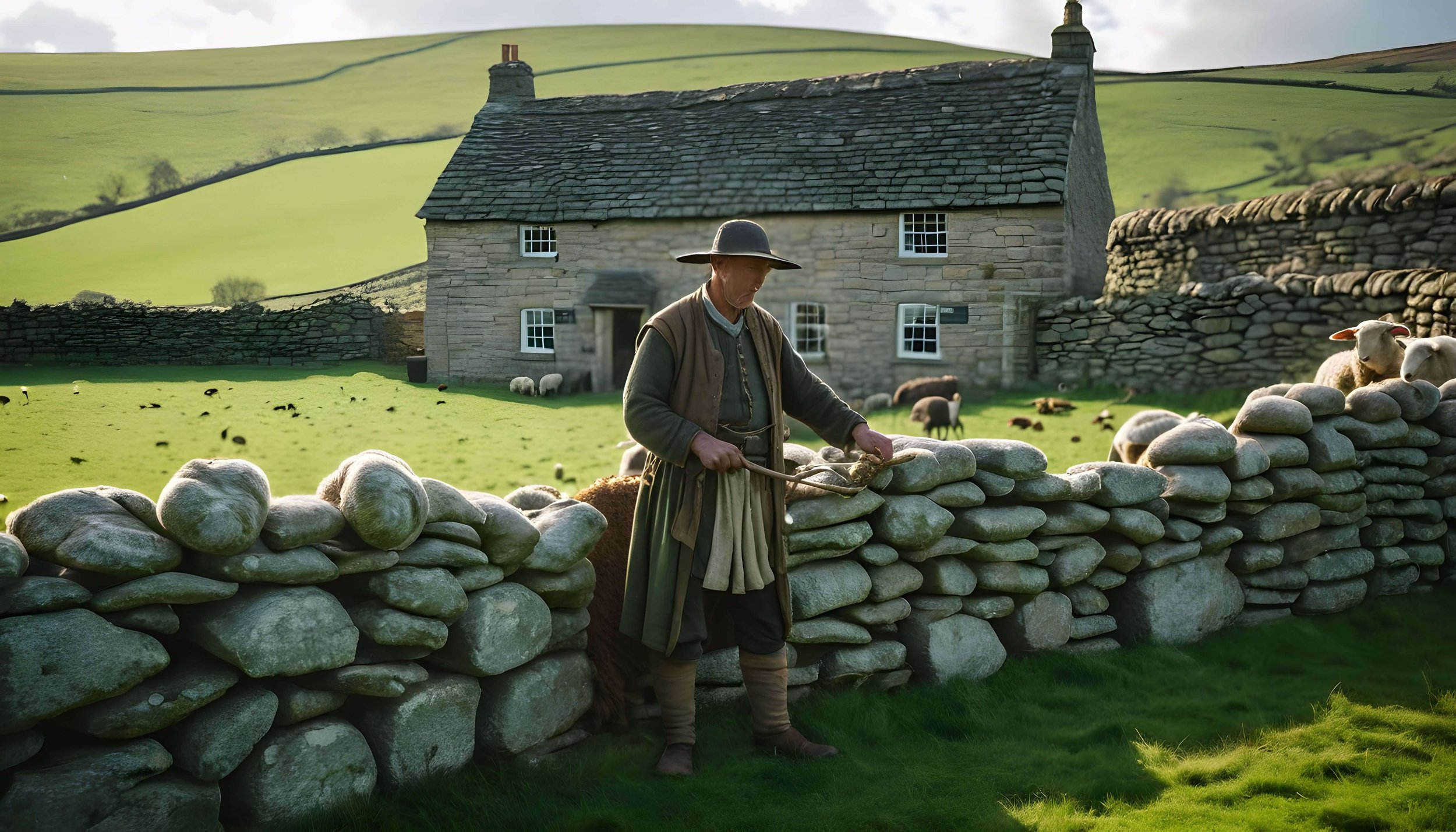COMING SOON: WHERE LOYALTIES BURN
Latest from the blog
A sweeping tale of love, rebellion, and the women who shaped the fate of medieval Wales.
I'm thrilled to share that my new novel, Where Loyalties Burn, is coming soon!
In the Middle Ages, marriage was a complex institution that merged both personal and political dimensions. A wife was not only a partner in the domestic sphere but also an essential support system for her husband's role as a warrior, leader, and protector of the family and those they cared for and cared for them. The experiences of these women were shaped by their cultural, political, and social environments, and their lives were intertwined with the fate of their land and people.
GUEST BLOG: HISTORICAL FICTION AUTHOR, PAUL RUSHWORTH-BROWN on How the Enclosure Movement Influenced the Production of Wool and Cloth in 18th Century England
Owain Gwynedd, son of Gruffudd ap Cynan, was one of the most formidable rulers in Welsh history. He took the throne of Gwynedd in 1137 and spent his reign expanding his territory, challenging the English crown, and securing Gwynedd’s status as the dominant power in medieval Wales. He was bold and ambitious and styled himself as the "Prince of Wales."
When we picture women of the Middle Ages, it's easy to imagine lives devoid of luxury, with beauty limited to the natural and untouched. Yet, history reveals a fascinating world of medieval cosmetics and skincare rituals, where women harnessed what natural ingredients were available to them to enhance their appearance. The pursuit of beauty was as alive then as it is today, though shaped by the constraints and resources of the era, and the use of natural ingredients connects us to these historical practices.


About ARIANWEN
Arianwen is a Welsh woman living in Australia whose passion for history and writing have led her to discover one of the greatest untold tales in 11th Century.











